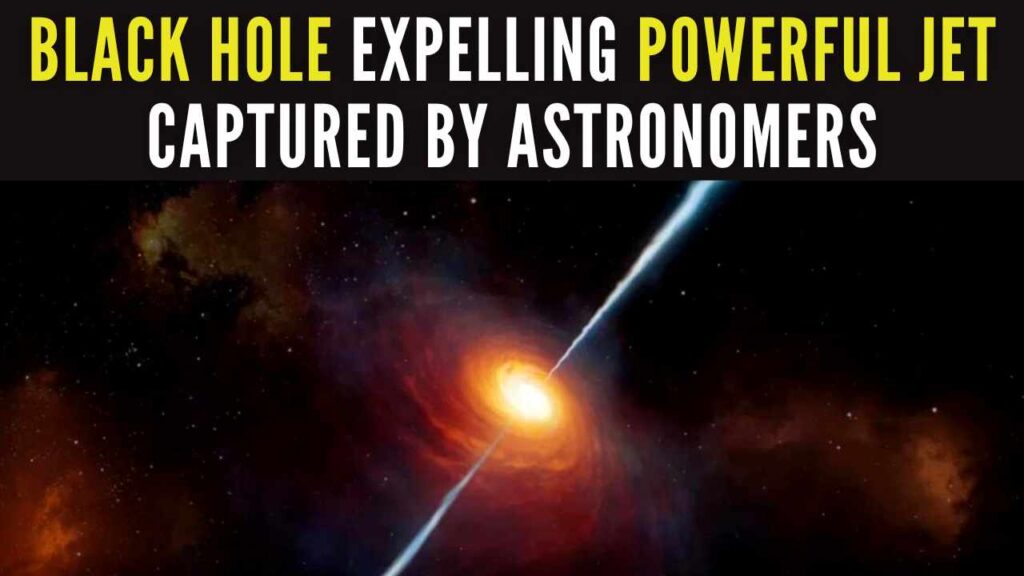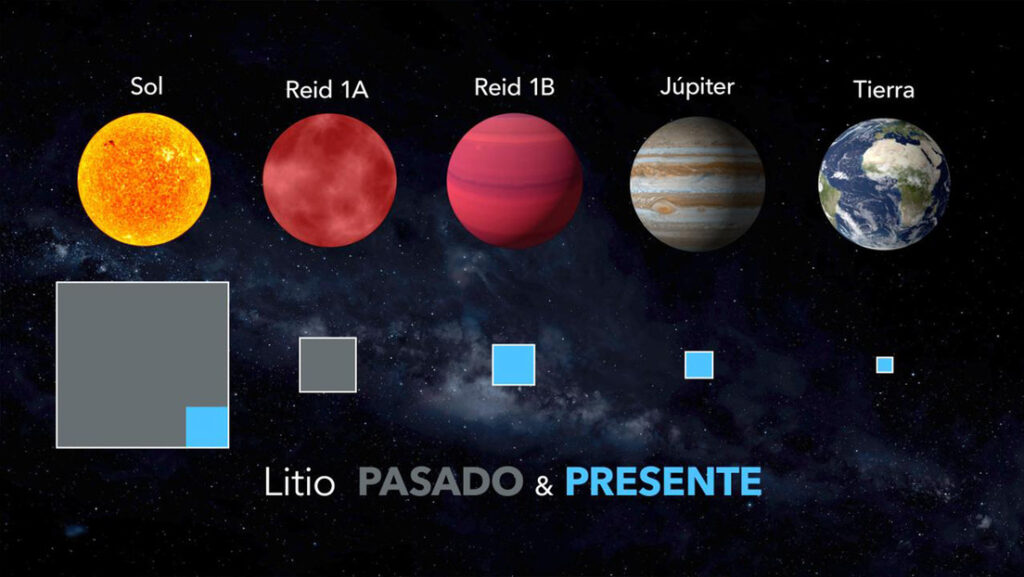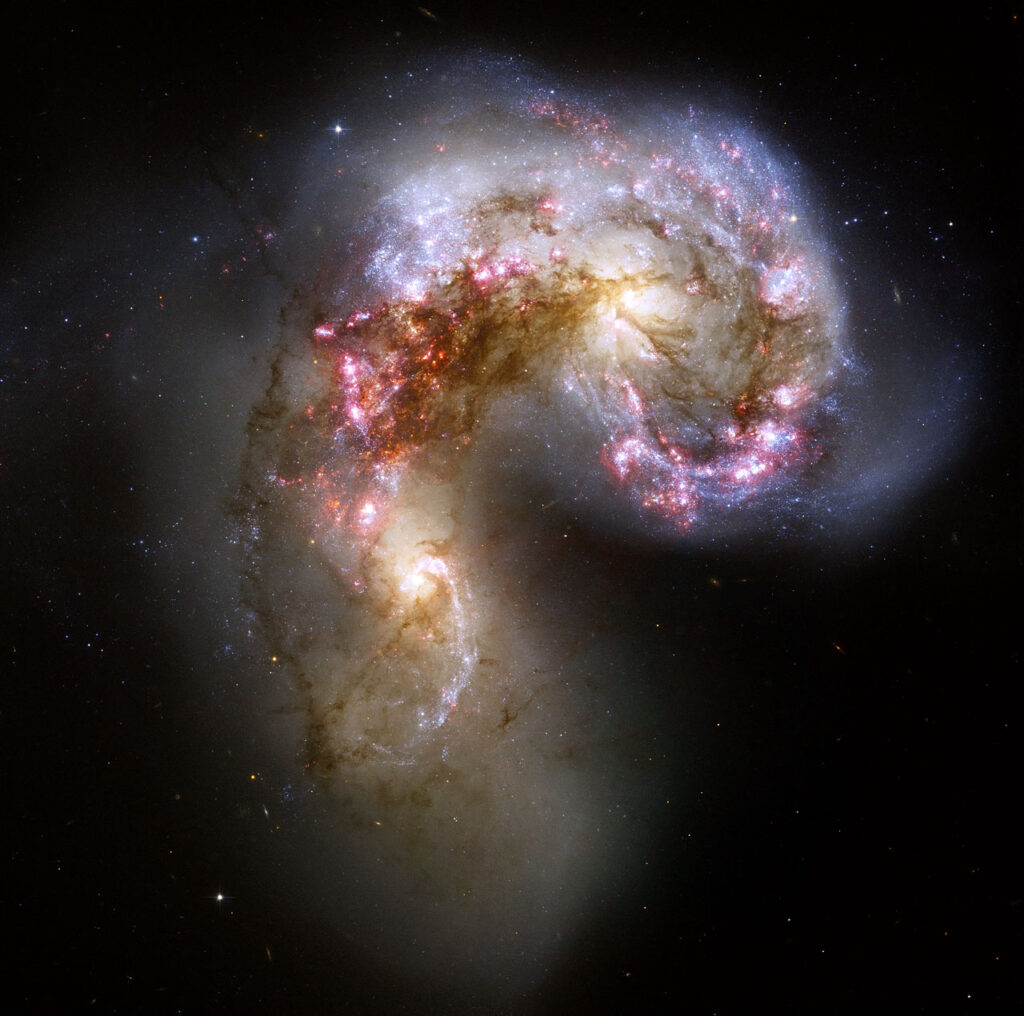
According to the data released by European Space Agency, the Gaia spacecraft has estimated the sun’s age to be 4.57 billion years.
Gaia is a space observatory of the European Space Agency, launched in 2013 and expected to operate until 2025. The spacecraft is designed for astrometry: measuring the positions, distances, and motions of stars with unprecedented precision.
The latest data released by ESA’s space observatory has information about many other stars, their composition, and their temperature. Using this data, astronomers have been able to determine how the Sun is likely to evolve in the future.
The data released by ESA says that The Sun is fusing hydrogen into helium now and is generally rather stable. The data further says that the sun is around 4.57 billion years old now. This information comes as the solar week peaks and the Sun last week exploded with 17 coronal mass ejections and nine sunspots.
The giant star at the center of our Solar System will die eventually. The process will start when the core of the Sun runs out of Hydrogen. This is when the fusion process will begin and it will change into a red giant star, lowering its surface temperature in the process.
However, this process depends on the mass and chemical composition of the star. Orlagh Creevey from Observatoire de la Côte d’Azur, France combed data looking for the most accurate stellar observations that the spacecraft could offer and focused on the stars that have surface temperatures of between 3000K and 10,000K because these are the longest-lived stars in the Galaxy and hence can reveal the history of the Milky Way.
“We wanted to have a really pure sample of stars with high precision measurements,” Orlagh said as they filtered the sample to only show those stars that had the same mass and chemical composition as the Sun.
Analyzing the data provided by the Gaia Spacecraft, scientists have concluded that the Sun will reach a maximum temperature at approximately 8 billion years of age, then it will cool down and increase in size, becoming a red giant star. At the age of 1011 billion years, the Sun will reach the end of its life.
“If we don’t understand our own Sun and there are many things we don’t know about it how can we expect to understand all of the other stars that make up our wonderful galaxy,” Orlagh said in a statement.
The European Space Agency (ESA) said that the Sun will reach the end of its life when it eventually becomes a dim white dwarf.
Recent Posts
- Astronomers detect first direct image of black hole expelling a powerful jet
- WhatsApp rolling out ‘reply with message’ feature within call notifications
- Multi-Device Pairing May Be Arriving for Apple Watch this Year
- Artificial Intelligence Discovers Hidden Giant, a Planet 5 Times Larger Than Jupiter
- Google CEO Sundar Pichai Talks Bard & The Future Of Search
Recent Comments

Astronomers detect first direct image of black hole expelling a powerful jet

Artificial Intelligence Discovers Hidden Giant, a Planet 5 Times Larger Than Jupiter

Scientists explain melting of Antarctic ice sheet dating back 9,000 years

An Unexpected Discovery: Hubble, ESA's Gaia Spot Double Quasar That Existed Over 10 Billion Years Ago

Astronomers detect first direct image of black hole expelling a powerful jet

WhatsApp rolling out ‘reply with message’ feature within call notifications

Multi-Device Pairing May Be Arriving for Apple Watch this Year


